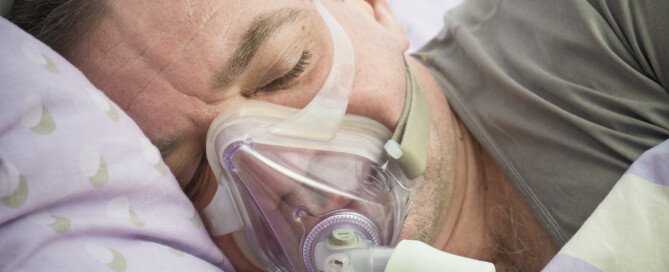Can You Get a Period Soon After Completing Menopause?

Do you think you’re having a period even though you recently completed menopause? Or is it more likely that this means cancer somewhere in the reproductive tract?
Why Are Some Ovarian Cancers Caught Early?
Sometimes ovarian cancer is caught early, even very early. Yet this disease is notorious for being caught in an advanced stage, which is why the 5-year survival rate is about 48 percent.
Best Exercise to Reverse the Aging Effects of Menopause
Menopause really does make you age faster. But there is one exercise in particular that will significantly help reverse this aging.
Is an Occasional Night Off from CPAP Treatment Harmful to the Body?

What if you were to miss a night of CPAP therapy every so often? Could an occasional night off from CPAP cause damage to your body?
Can Untreated OSA with No Symptoms Eventually Harm Health?

Is it harmful to your body to let sleep apnea go untreated even if you don’t have any daytime symptoms? Or should you still use a CPAP even though you feel fine?
Is Working Nights a Risk Factor for Breast Cancer?

Another study says that working at night significantly increases the risk for breast cancer.
Elective Removal of Dense Breasts to Prevent Cancer






































































